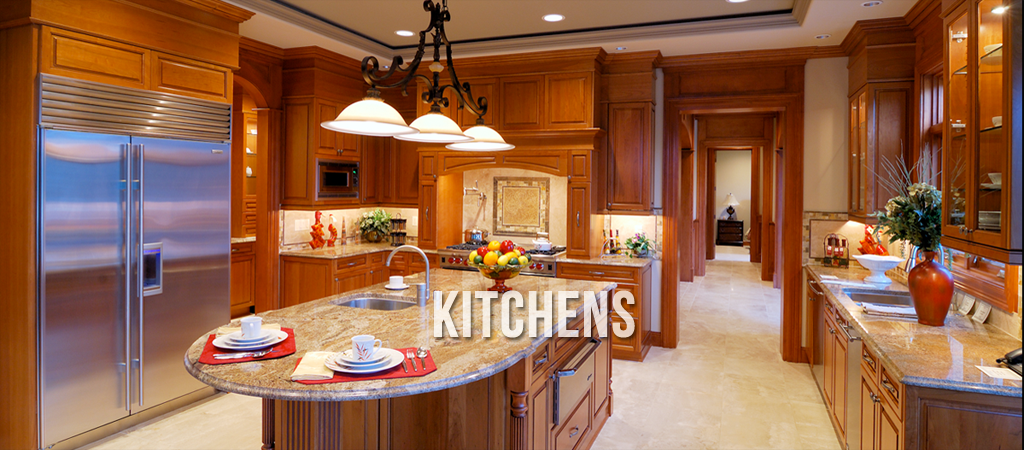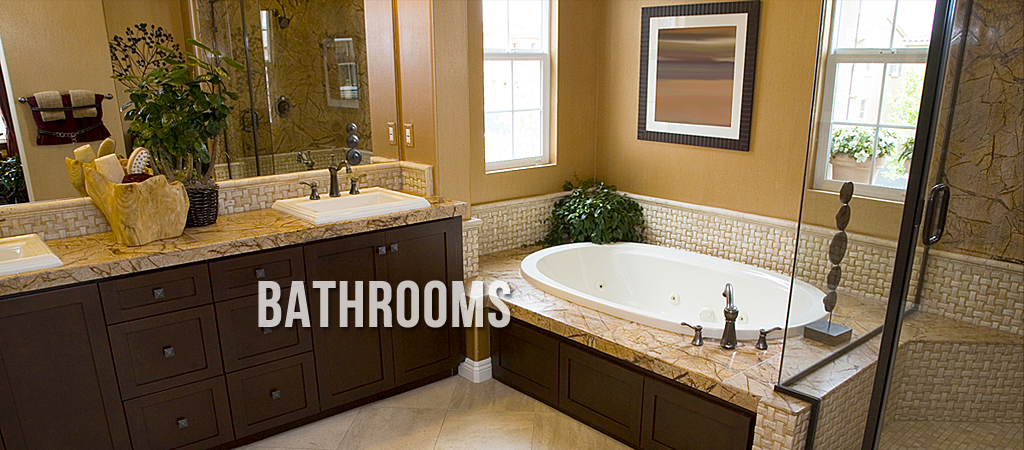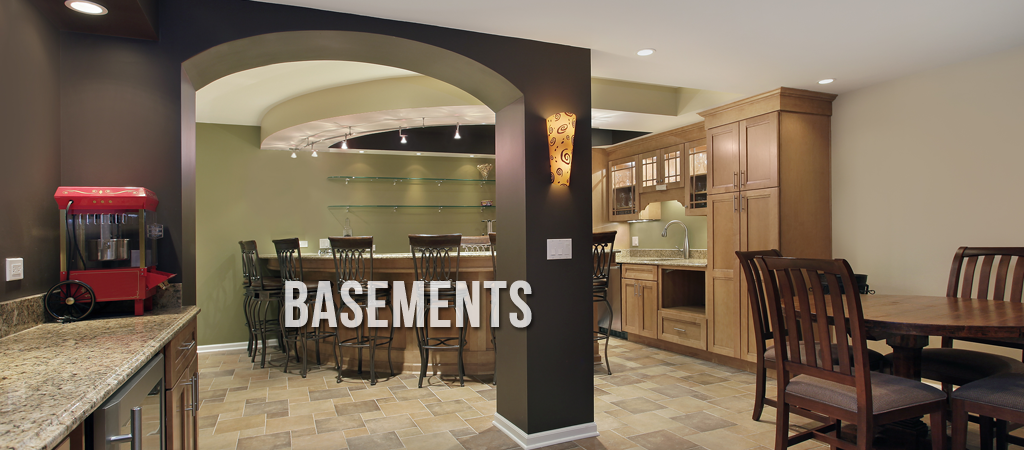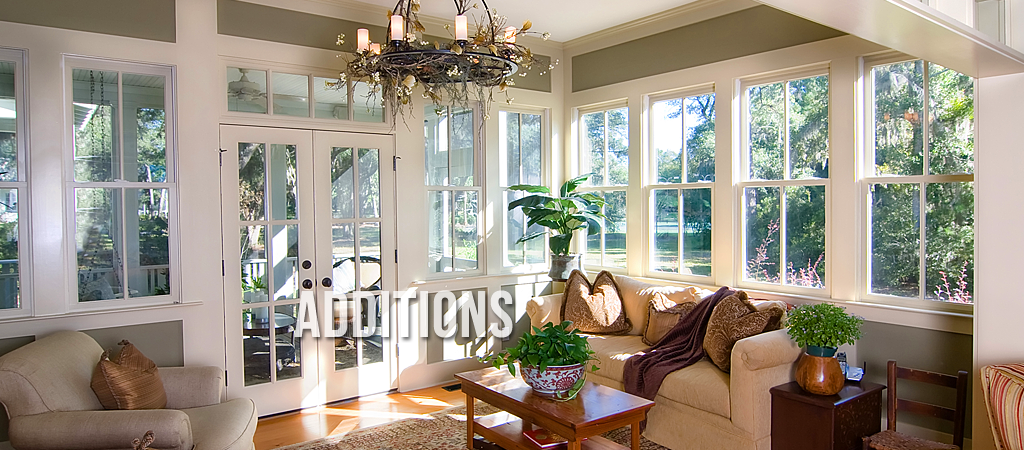Smart Home Design: Making Technology Beautiful
07-29-2021
Are you old enough to remember those hideous plastic intercom panels from the 1970s? Back then, they were cutting-edge technology, but they came with an aesthetic price tag.
Not so today.
Our previous blog explored how modern smart home technology saves you time and money by controlling your lights, window treatments, entertainment systems, security, and climate. The functionality is incredible, and – just as important –advances in design allow smart home automation to blend nearly invisibly into your home’s design. Instead of detracting from the look, the technology can actually enhance it.
To find out the latest in smart home design, we spoke to David Greenberg and Christian Vives of A.B.E. Networks, a Rockville company with a 30-year history of “making technology beautiful.” We’ve worked with A.B.E. and know they produce highest-quality results.
Thoughtful design from inception
“We’re in every nook and cranny of a construction project,” begins Christian.
Smart design means collaborating with electricians on wiring, HVAC professionals on climate control, interior designers on automated window treatments, and even occupational therapists on optimal placement of the tech elements for elderly or disabled individuals.
Christian and David encourage homeowners to bring them in as early as possible in a construction or renovation job. Thoughtful and thought-out design produces the most successful systems and the highest client satisfaction.
Figure 1: Not only are the shades and tv automated, but so are the in-ceiling architectural speakers. Look carefully to see the grills. Photo credit: A.B.E. Networks
But although they prefer to start when a house is just a 2×4 skeleton and all options are open, it’s also 100% possible to retrofit a home with automation. Since wireless networks are constantly improving, you can add smart technology without ever cutting open a wall.
Tech Tip: Radio RA from Lutron is a completely wireless automation system, controlling lights, temperature, and motorized window treatments.
On the other hand, cutting open a wall may not be so bad. Hardwiring certain elements, especially the wireless network itself, offers greater reliability. Installers look for creative solutions that are the least disruptive, such as wiring through existing lighting cans or fittings.
And if it’s necessary to cut, the company will patch and paint the wall or ceiling so that you’d never know what happened. “When we explain to our customers that extra painting and plastering will only cost a few hundred dollars, many of them choose hardwiring,” says Christian.
Integrating technology into design
Whether it’s your kitchen’s granite backsplash or your living room’s grand fireplace, smart home technology can coordinate with your home’s look.
Switches, dimmers, and keypads come in a limitless array of colors and styles, including glass and stainless steel. “We can match any color,” Christian says, “or faux paint the case to blend in with wood or stone.”
Tech Tip: Trufig manufactures flush, trimless mounting systems for switches, outlets, keypads, and more. They paint the devices to completely be nearly invisible in your drywall, tile, stone, or wood finish.
Figure 2: This flush mounted outlet blends nearly invisibly into the marble backsplash. Photo credit: Sonance
But do you need keypads at all? You can use voice controls to command Alexa, Google Home, or Josh.ai. And if you don’t want those devices in sight, A.B.E. can hide them in your ceiling. Plus, with smart home controls now in-app, most people simply whip out their phones to operate their home technology.
Entertainment tech can also blend into your décor. For example, you can install invisible speakers between the studs of your wall or in your ceiling. Your contractor will mud over them and then paint to blend into the wall. You’d never guess there were speakers there until you’re immersed in the surround sound.
For wood or stone finishes, companies like James Loudspeakers manufacture “architectural speakers.” You send them a sample of your finish, and they’ll create a grill that exactly matches.
Tech Tip: Samsung’s The Frame TV doubles as artwork when not in use. When the tv is off, it looks like a painting, complete with matting. Change the art to suit your mood – yesterday Picasso, today Rembrandt, tomorrow a family portrait. You can even add custom frames to match the other art in your room.
“When a customer has a request, we’ll never say no,” Christian explains. “We can always custom fabricate or work with the manufacturer to create the unique look they’re after.”
Figure 3: Can you find the tv in the picture? It’s doubling as elegantly framed artwork. Photo credit: A.B.E. Networks
Hidden technology
James Bond meets real life in multiple options for hiding devices completely:
- Hide a tv behind a motorized painting. Tap your smartphone to lift the artwork, revealing the tv.
- Alternatively, conceal the tv inside a slit in a cabinet. With a press of a button, the cap pulls back, and the tv rises.
- Retract your smart shades into a slit in the ceiling. When the shades are up, they’re hidden away for a completely open, clean look.
- Your traditional mahogany bookcases can disguise a high-tech home theater. Pull a designated book or lift the head of a statue and the bookcases will pull apart or turn on their hinges, revealing a new room.
Tech Tip: Séura manufactures tv mirrors. They’re mirrors with one way film, hiding a tv behind the glass. Tv mirrors are a popular option for vanities (catch up on the news while you brush your teeth or soak in the hot tub) or traditional style living rooms.
Figure 4: A Séura lighted tv mirror. Photo credit: Séura
Hiding technology offers homeowners incredible flexibility. “Maybe you want a tv in your living room, but not always,” David explains. “When it looks like a stately mirror, you can have a tv when you entertain, but daily it’s not there at all.”
Make a scene
With smart home automation, you never have to get up to turn on a light or adjust the temperature. But that’s just the beginning of the convenience. Using “scenes,” pre-programmed series of actions, you can achieve the greatest effect with the least number of steps.
Imagine pulling into your driveway and pressing the “Relaxation” button in your control app. Instantly, your shades go down, your bathroom lights click on at 50%, soft music starts playing, and the hot tub starts to fill.
The next day you’re having company. This time you press “Entertain,” and lights go on all over the house, your oven begins preheating, and your tv plays a fish tank.
Figure 5: The iPad on the wall controls the shades and lighting for the perfect tv viewing experience any time of day. Photo credit: A.B.E. Networks
When setting the mood, Christian and David recommend focusing on lighting and sound. Dimmers come to mind immediately, but you also have options for the light’s color temperature – warm yellow, bright white, or cool blue.
Tech Tip: Savant offers Daylight Mode light controls which mimic the day’s Circadian rhythm. The morning light is yellow, midday is white, and evening turns purple.
“Music adds another dimension to the house,” says David. “Being enveloped by music that surrounds without being loud changes the feel of the home.”
And, ultimately, that’s the goal of smart home automation: customizing your home’s feel to be all yours. “We partner with A.B.E. to give our construction and remodeling clients the absolute best in individualized smart home function and aesthetics,” concludes Ben Srigley, Touchstone owner.
Are you ready to beautify your home with smart technology? Contact us, and let’s get started customizing your beautiful home.




